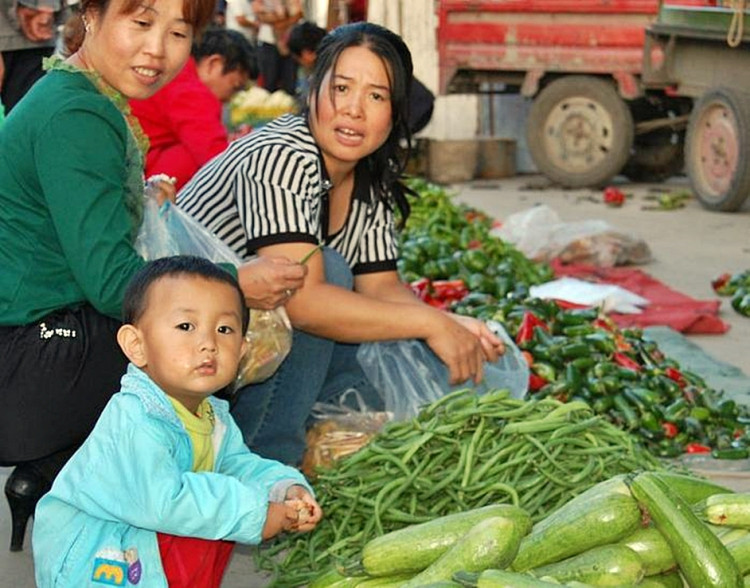The provincial government of Shaanxi in northwest China has again called on Beijing to abolish all birth limits so Chinese couples can have as many children as they want while reversing a dangerous drop in the birth rate.
The controversial One-child Policy was instituted in 1979 and abolished in 2015 but its successor, the unofficial two-child limit, is still in place. With a population of 38 million, Shaanxi is the 17th most populous out of the 30 provinces and regions in China.
Demographers have estimated the One-child Policy prevented the births of more than 400 million Chinese babies from 1970 to 2015.
If these babies belonged to a country, that country would be the third most populous in the world after China (1.42 billion people) and India (1.35 billion people). The United States, the third largest country by population, has 327 million Americans.
The loss of these unborn babies is being keenly felt in China where the population is declining; where workforce numbers are falling and where the elderly population is on the rise. China's population is also aging more rapidly than any advanced economy. Some provinces continue to report their inability to meet pension payments because of fewer working-age people in their workforce.
A recent central government study estimates China's labor force will lose 100 million people from 2020 to 2035 to retirement and other causes. A further 100 million will be lost from 2035 to 2050.
Government data projects the number of women between the ages of 20 and 39 to plunge to 163 million, from 202 million, or a decrease of more than 39 million over the next decade. One demographer said that without the introduction by Beijing of nationwide measures encouraging and boosting fertility, China's population will plummet sharply in the future. Economic growth will be sharply curtailed, while the existing social stability will be under threat.
Provinces like Shaanxi long cognizant of the risks associated with a plunging birth rate are taking action on their own. Liaoning, which has a population of 44 million and one of China's lowest birth rates, this July proposed a generous range of new benefits for young families.
These perks include tax breaks; longer maternity and paternity leaves and housing and education subsidies, among others. Jiangxi with a population of 46 million has issued a stricter guideline for when women can get abortions.






